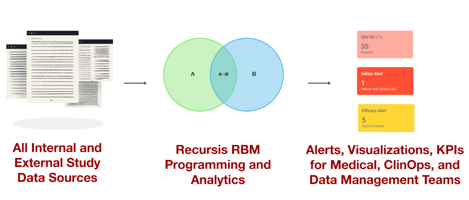One of the most persistent problems I encounter in clinical operations is the artificial separation...
Regulatory Scrutiny of Enrollment Data - What Clinical Teams Need to Know
Regulatory agencies don't just review your efficacy data. They thoroughly examine your patient population. From my interactions with clinical teams, I'm observing increased regulatory focus on enrollment data quality, and this trend has significant implications for trial success.
Areas of Heightened Scrutiny
Regulatory agencies are paying closer attention to:
- Patient population diversity and representativeness
- Geographic distribution of enrolled subjects
- Data completeness across all demographic categories
- Indicators of selection bias in recruitment practices
Why This Matters for Your Trial
Incomplete enrollment data consistently leads to regulatory delays and additional costs. Agencies like the FDA and EMA use enrollment data to assess whether trial results can be generalized to broader patient populations. Studies that fail to demonstrate adequate representation or contain data gaps face increased scrutiny during review processes.
The Business Impact
I've witnessed how regulatory questions about enrollment data can extend approval timelines by months or even years. When agencies question population representativeness or data completeness, they may require additional studies or analyses before granting approval.
This isn't just a regulatory compliance issue: it's a business risk that can significantly impact return on investment for drug development programs.
Proactive Strategies
Teams that proactively address enrollment data quality fare much better in regulatory interactions. This means:
- Planning for diversity and representativeness from trial design phase
- Implementing robust data collection and validation processes
- Monitoring enrollment metrics in real-time to identify and address issues early
- Preparing comprehensive documentation that demonstrates data integrity
The Regulatory Landscape Is Changing
The regulatory focus on enrollment data reflects broader efforts to ensure that clinical trial results translate to real-world patient populations. Organizations that recognize this shift and adapt their enrollment strategies accordingly will have significant advantages in regulatory interactions.
The question is not only whether regulatory scrutiny will continue to increase, it's whether your organization is prepared for this reality.



